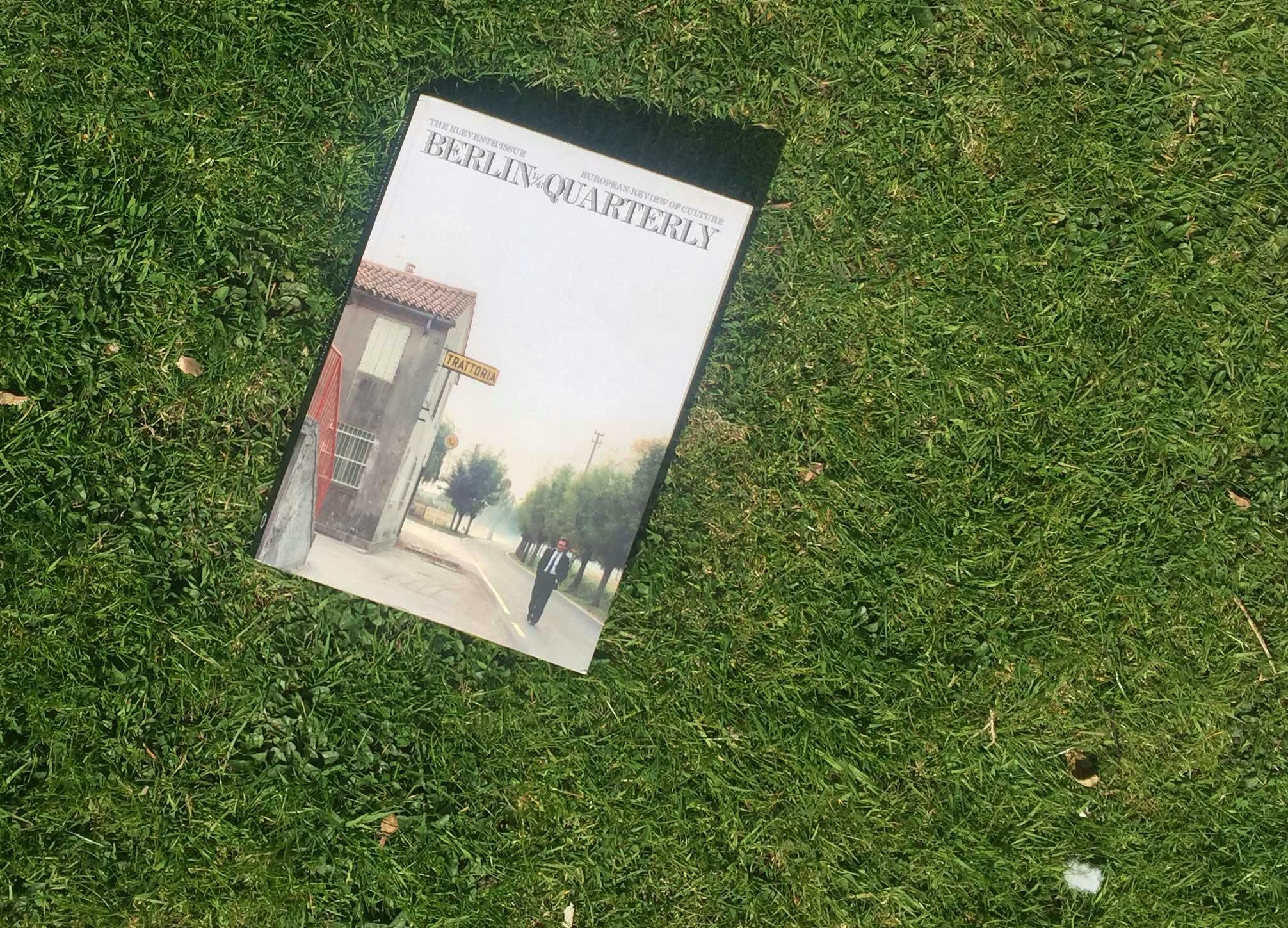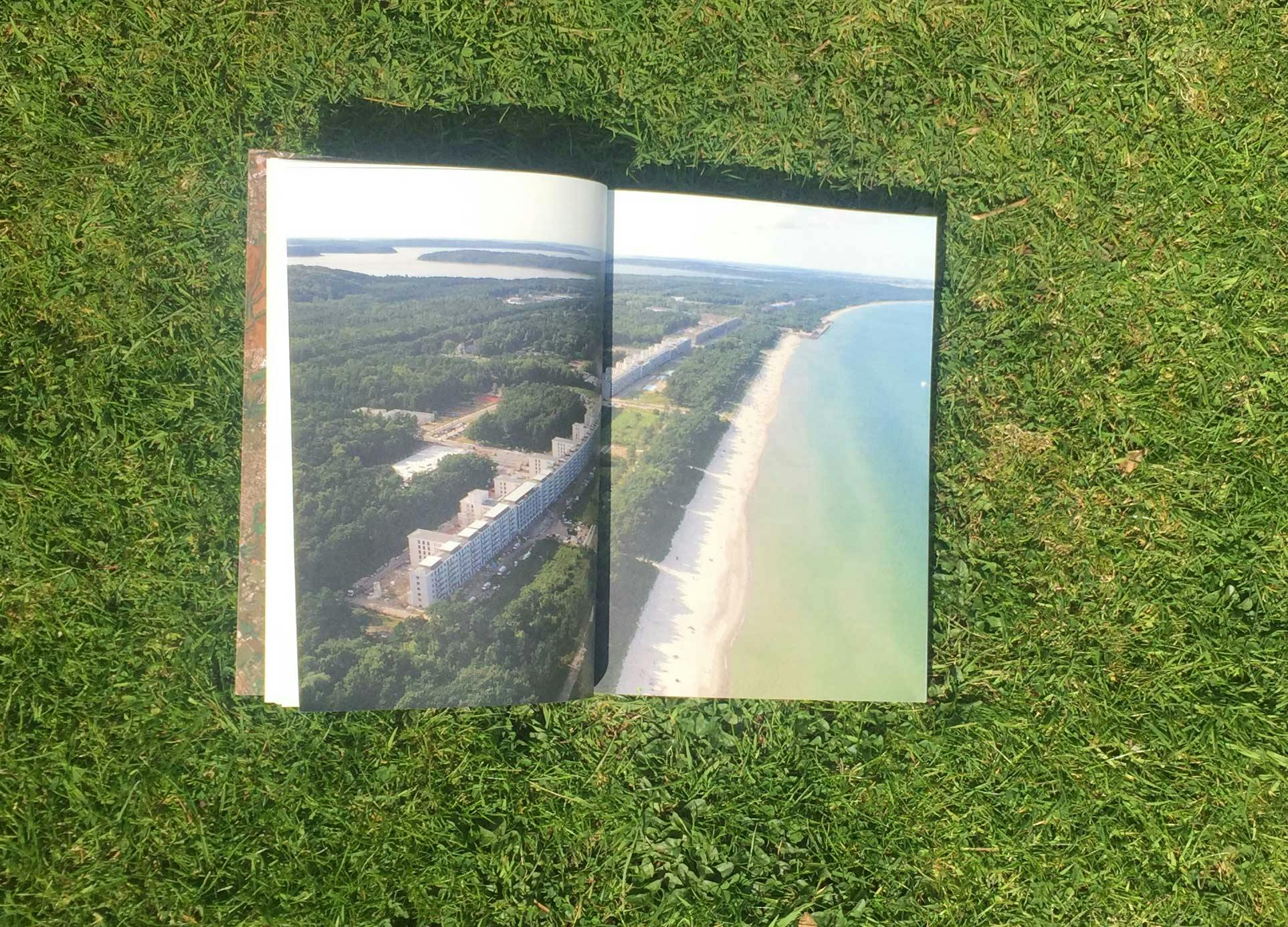“What is literature for? What can we offer now?”
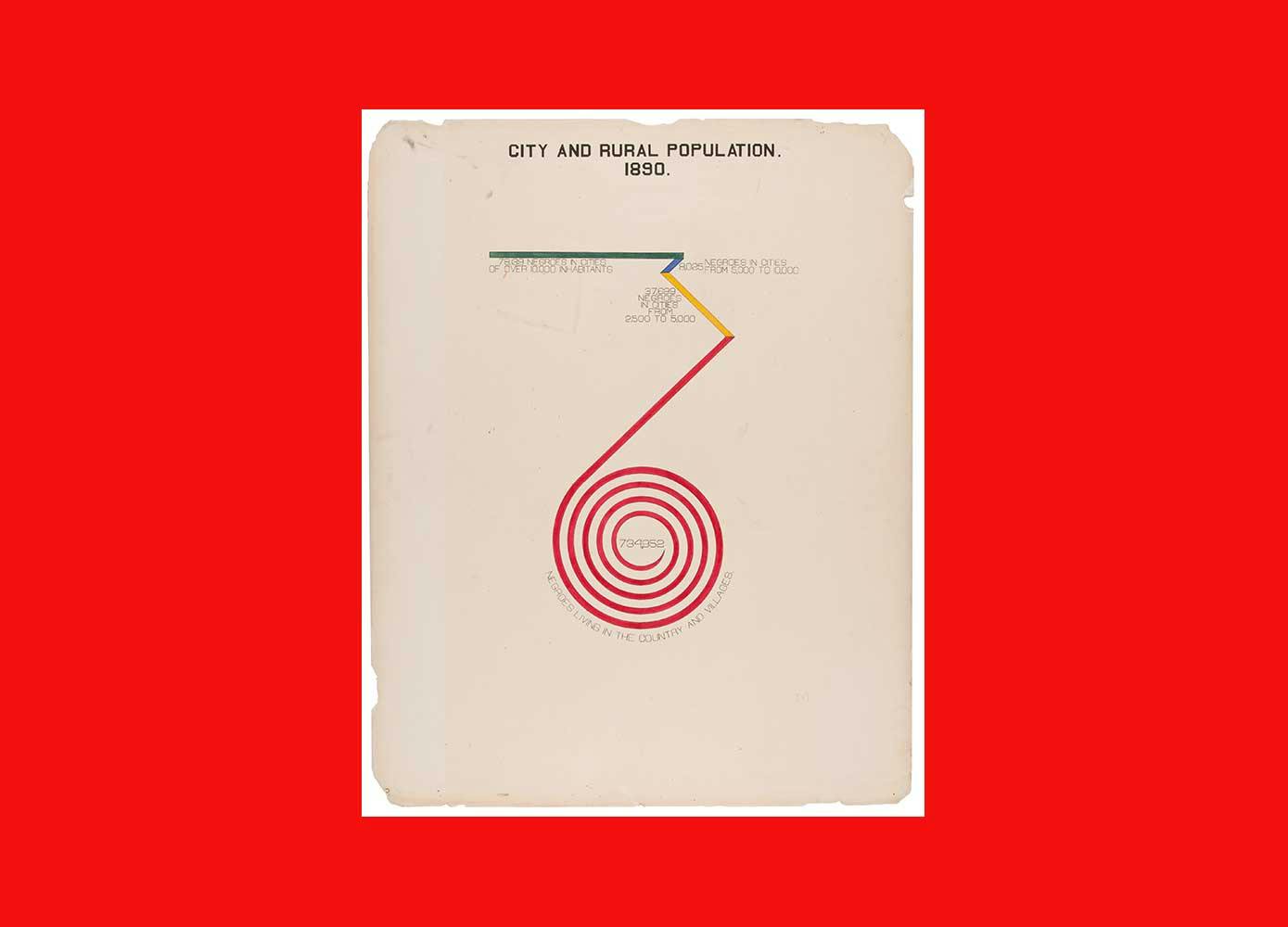
“Dr Fairy” has the ability to swallow a live frog and make its forelegs protrude from his nostrils. One of a number of odd birds to appear on the pages of Berlin Quarterly, Fairy is part of a story by Roque Larraquy. When his wife leaves him, Fairy is driven to a “frenzy of exhibitionism”: “He performs his act with a friend’s glove, sticking his hand into his mouth and wiggling two fingers in salutation from his nose… That same night, he vomits the frog’s eggs and takes the trouble to mail them to his ex-wife in a test tube.”
A “European review of culture”, Berlin Quarterly has a knack for finding writing that is difficult to forget. Other jewels in this issue #11 include an extract from Carmen Maria Machado’s memoir of an abusive relationship and a beautiful sample of contemporary Turkish poetry.
Editors James Guerin, Hannah Gold and Freya Marshall talked to us via email about the role of art in times of crisis, and gave us permission to print an excerpt from Berlin Quarterly’s wonderful archive feature: WEB Du Bois’s display of infographics charting African American advancement, from the 1900 Exposition Universelle.
A lot of the writing you feature is in translation. Why is that important to Berlin Quarterly?
From the start, we always wanted Berlin Quarterly to have a global outlook, with an emphasis placed on work in translation. For us, it’s always interesting to read the original language and the translation side by side. There are many ways to translate a text, and I find it fascinating to see which decisions the translator has made. In the poetry especially, there are often changes in the structure, affecting the shape of the poem itself. I want readers to ask themselves, why has the translator done this? How does this relate to the original text? Then, of course, there’s the visual aspect.
The extract from the Carmen Maria Machado memoir is fantastic. What drew you to including that memoir?
We have followed Carmen Maria Machado’s work since we read her story The Husband Stitch in 2014. It’s a grotesque and playful tale, really smart, that builds on urban legends. Since then, we have been hoping to run her work in Berlin Quarterly, so when Hannah attended a talk Machado gave on the architecture of stories last year, and she mentioned her forthcoming memoir about an abusive relationship, we reached out immediately. On receiving the book we were really impressed. It has the grace you’d expect from a Graywolf book, but with a structure (an architecture, Machado would say) that functions almost like a game: each section is a unique sort of pastiche, and she delves into art history and archive theory alongside the personal, while also using a system of footnotes to refer to the fairytale tropes she’s invoking. The story itself, of an initially intoxicating relationship that spoils into abuse, is one that, as Machado writes, is often left unspoken in queer representation. She writes to fill a bit of this silence. It’s a brave and inventive piece. We were very thrilled we were able to include it.
Machado is an American. Berlin Quarterly describes itself as “European review of culture”. Is it important to you that you feature work outside Europe?
Berlin Quarterly has always been a Berlin-based, outwards looking journal. We publish European content, but alongside that work we’ve always included the international work, recently from Nigeria, Argentina and Chile.
At their best, literary journals expose readers to work they might not have found on their own. We’ve spoken over the years about not wanting to be an echo chamber, but to foster a wide range of perspectives, styles, and subjects. Basically, yes, it’s hugely important to us to not be solely a Euro-centric, or even Anglo-centric, publication.
Finally — I wanted to ask a little bit about how you’re coping and what you’re doing during the coronavirus outbreak. Will publishing go on uninterrupted? What gives you hope?
It’s a hard time! Our international team is locked down with family in different countries, on different continents.
It’s a hugely important time to be thinking about the role of art in times of crises. What is literature for? What can we offer now? We’re asking these questions as individuals, and as a publication. Berlin Quarterly is a very small operation, with a small budget. To be honest, it is unclear how we will progress with the bookstores that carry us currently closed, and at risk in the longer term. We believe in the value of literature in all times, and we hope to publish this year once the crisis is behind us, if a bit behind schedule. We’ll keep you posted.
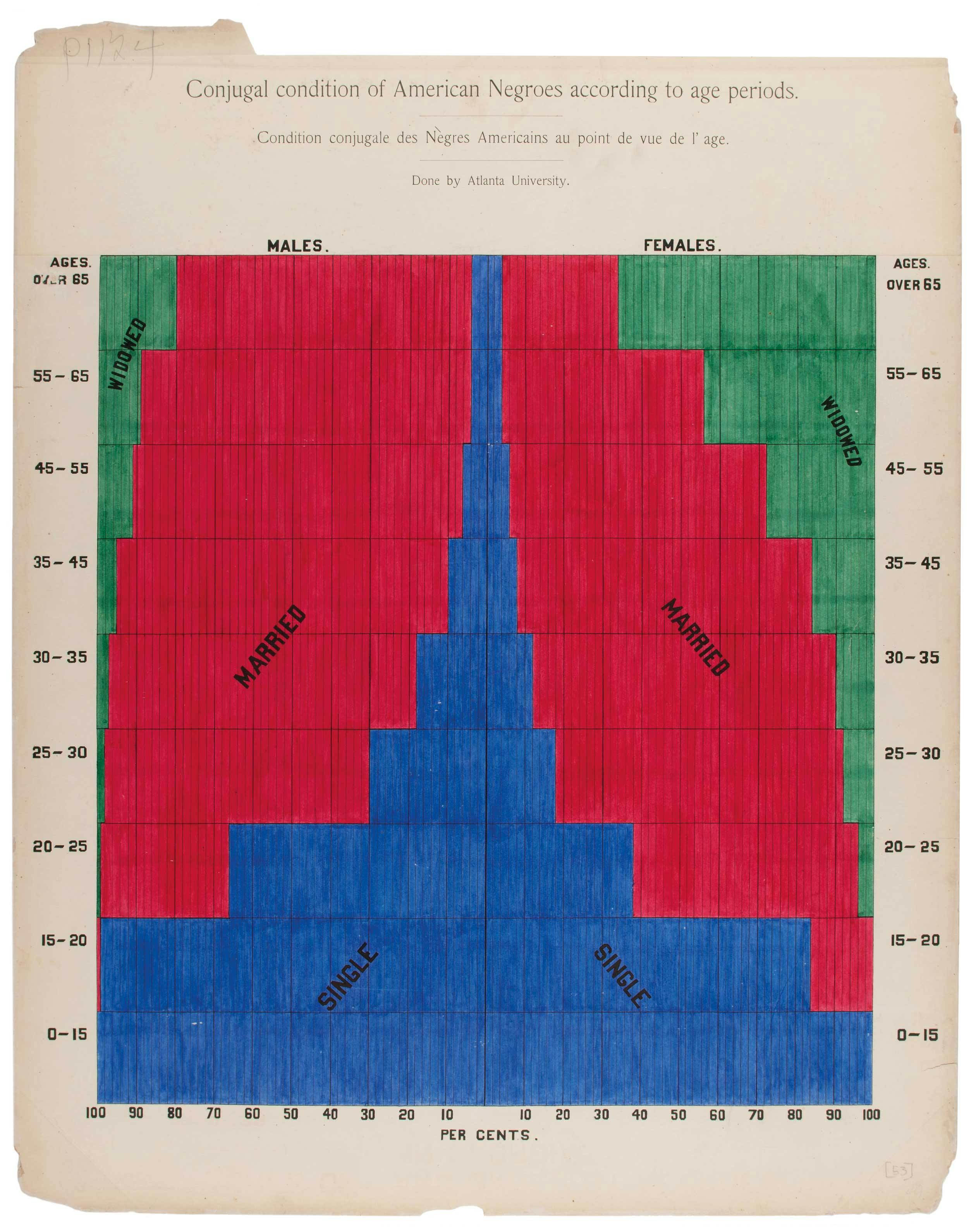
Archive
At the turn of the 19th century, in the Americas, in Asia, and across Europe, the readily summoned image of a black person in the United States was of someone enslaved, a brown-skinned man or a woman of African descent who worked as a sharecropping field hand on a southern farm, or in a subservient role in a white household or business. Born in a free black community in Massachusetts, William Edward Burghardt Du Bois (1863-1963) — an African American sociologist, historian, journalist, and anti-racist activist — sought to challenge this image. For the 1900 Exposition Universelle (the Paris International Exhibit), he organised a display of hundreds of images: colourful infographics charting African American advancement and monochromatic photographs that presented black lives, in labour, worship, and leisure, at school, at work, and at home.
Just prior to the Paris Exposition, Du Bois traveled to London for the first Pan-African Congress. At the conference, Du Bois drafted “To the Nations of the World”, a humanitarian appeal sent to political leaders in the United States and Europe to acknowledge and protect the rights of people of African descent, and to end colonial abuses.
For Du Bois, the origins of the problem were found in Europe, the self-assigned center around which “the other”, relegated to the margins, revolved.
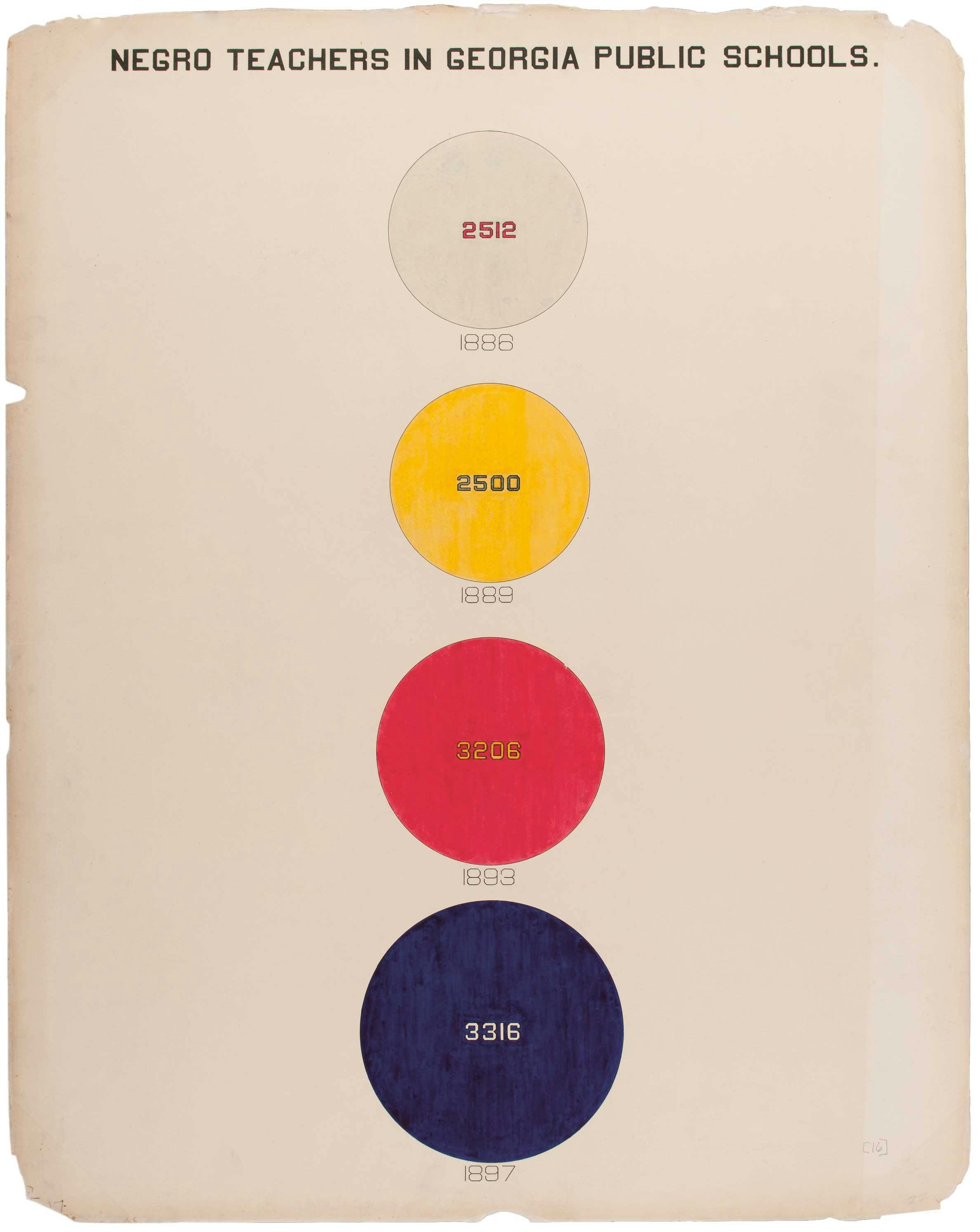
Archive curated by Julia Rothenstein
Text by Jacqueline Francis and Stephen G Hall
From Black Lives 1900: WEB Du Bois at the Paris Exhibition, edited by Julian Rothenstein, Redstone Press, 2019. theredstoneshop.com
